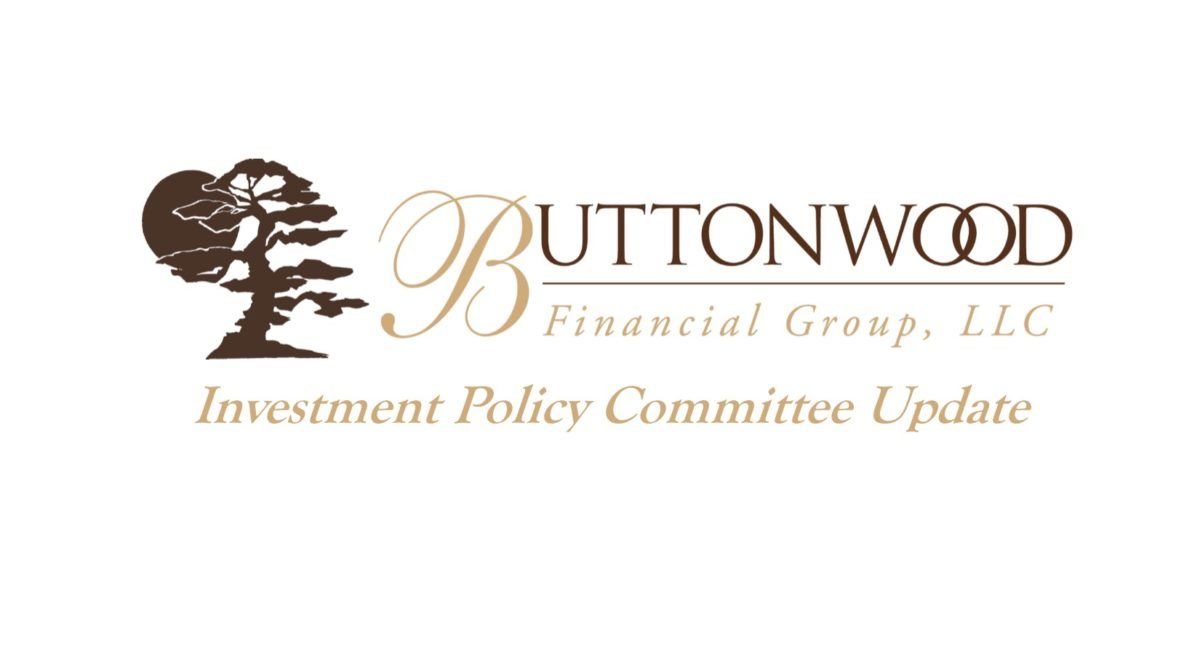High Income Earners Have Trouble Saving for Retirement: Your Guide to Overcoming Some Surprising Roadblocks
You know preparing and saving early is key to reaching your retirement goals – but as a high earner who makes six figures or more, you may have encountered some roadblocks. High-income earners face several financial hurdles when it comes to preparing for retirement, as their income can actually limit them from utilizing certain tax-advantaged retirement savings strategies. If you make six figures or more, you know you need to plan now to maintain your lifestyle through retirement. Luckily, there are still retirement options for high income earners.
Why Are High-Income Earners at a Disadvantage?
The IRS offers several tax-advantaged retirement savings options. Most of these options, however, offer some sort of income cap – making it harder for high earners to take advantage of these tax-saving strategies. But high earners face the same challenge as moderate- to low-income earning employees: sustain a similar lifestyle in retirement by maintaining financial independence. When high earners are limited in their options for saving for retirement, it can make reaching their goals for retirement more challenging.
Retirement Saving Strategies
Once you’re able to identify the roadblocks you may be facing, focus your attention on the retirement saving strategies that may work best for you and your family.
Strategy #1: Contribute to a 401(k)
If you aren’t doing so already, contributing to an employer-sponsored 401(k) plan is an effective place to start saving for retirement. In 2022, the IRS will allow deductible 401(k) plan contributions of $20,500 (or $27,000 if you’re 50 or older). 1 Many employers offer matching contributions as well, up to a certain percentage of your contributions. The total contribution limit for a 401(k) plan in 2022 is $61,000 (or $67,500 for those 50 and older) or 100 percent of an employee’s compensation, whichever is lower. 1 If you aren’t contributing the full $61,000+, talk to us and we can review options.
The salary limit for deferring compensation is $305,000 for 2022. If you make more than this amount, it doesn’t mean you can’t contribute to your 401(k) plan. Employees can defer compensation to their 401(k) plan throughout the year, until their year-to-date earnings reach $305,000. Once the maximum is reached, employees can no longer defer earnings toward their 401(k) plan. 1
As a high earner, your 401(k) will likely offer the highest contribution cap for tax-deferred retirement savings – making it an important cornerstone of your retirement saving strategy.
Strategy #2: Traditional IRA
Roth IRAs allow retirees to make tax-free withdrawals in retirement, meaning they can be appealing to those saving for retirement. Unfortunately, it may not be an option for some high earners. If your modified adjusted gross income is more than $144,000 as a single filer or $214,000 as a joint filer, you are not eligible to contribute after-tax dollars to a Roth IRA account. If you make between $129,000 and $144,000 as a single filer or $204,000 and $214,000 as a joint filer, you may be eligible to contribute a reduced amount. 2
A traditional IRA, however, does not have an income limit, which makes it an available option for high earners. The only prerequisite is that you earn any income at all. It’s important to note, however, that you may be limited to how much of your IRA contribution you can deduct on your tax return.
How much you are able to deduct from your taxes will depend primarily on two things: 3
- Your modified adjusted gross income
- Whether or not you, or your spouse, have access to an employer-sponsored retirement plan (such as a 401(k))
Strategy #3: Backdoor Roth IRA or “Mega Roth” IRA
Building on the strategy above, those interested in tax-free withdrawals in retirement – but aren’t eligible to utilize a Roth IRA – may benefit from a backdoor Roth IRA. As the name suggests, this strategy offers high-income earners a roundabout entrance into placing their after-tax dollars into a Roth IRA account.
To do this, you’ll have to:
- Open and contribute to a traditional IRA account.
- Have an account administrator provide the paperwork and instructions for converting your traditional account into a Roth IRA.
- Prepare to pay taxes on the money in the account and any gains it may have incurred. To avoid all taxes, assets need to be positioned properly.
The Mega Roth IRA is yet another option allowing you to take advantage of an employee post tax deferral into your 401(k). It is possible tax law changes may limit these strategies in the future. If reduction of taxable income via retirement plan options are something you may be interested in pursuing, your financial advisor or CPA will be able to offer more guidance and instruction regarding this process. If you would like to talk to one of our Advisors, we stand ready to assist.
Strategy #4: Health Savings Account
A Health Savings Account (HSA) can be a valuable tool as high-income earners plan for retirement. This strategy provides triple tax benefits, if properly utilized. There is a tax deduction for contributions, asset growth without taxation, and withdrawals are tax-free, as long as they are used for qualified medical expenses. 4 Keep in mind, in order to qualify for an HSA, you must be covered by a high-deductible health plan (HDHP).
Unlike a flexible spending account, funds contributed to your HSA remain in your account year-over-year with the opportunity to invest HSA assets designed to grow over time. 5 If current medical expenses can be funded from earned income, and your HSA assets are invested well, you may have a significant pot of money to pull from when income decreases. If you are interested in retiring before age 65, when you are eligible for Medicare, an HSA is a great option for covering medical costs.
If you’re earning six figures or more, it may be helpful to work with a financial advisor who can help you understand retirement options for high-income earners. Depending on your age, goals for retirement and current financial standings, together we can determine an optimal strategy. Whatever strategy you choose, be sure to stay updated on contribution limits, eligibility requirements and tax law changes. If you would like someone to coordinate this for you, please let us know.
-
https://www.irs.gov/retirement-plans/401k-plans-deferrals-and-matching-when-compensation-exceeds-the-annual-limit#:~:text=The%20annual%20limits%20are%3A,401(a)(17))
-
https://www.irs.gov/retirement-plans/plan-participant-employee/amount-of-roth-ira-contributions-that-you-can-make-for-2022
-
https://www.irs.gov/publications/p590a
-
/health-savings-account-could-an-hsa-be-right-for-you/
-
https://www.healthcare.gov/have-job-based-coverage/flexible-spending-accounts/
This content is developed from sources believed to be providing accurate information. It may not be used for the purpose of avoiding any federal tax penalties. Buttonwood Financial Group, LLC and its employees are not CPA’s or Attorney’s. Please consult your tax and/or legal advisor before implementing any tax or legal strategies. The opinions expressed and material provided are for general information and should not be considered a solicitation for the purchase or sale of any security.
Recent Buttonwood Articles


Are you ready to explore the benefits of your very own Family CFO?




